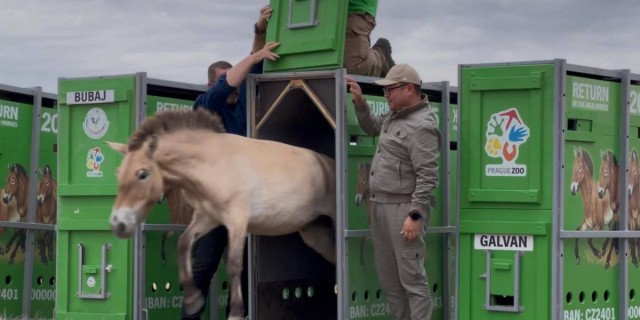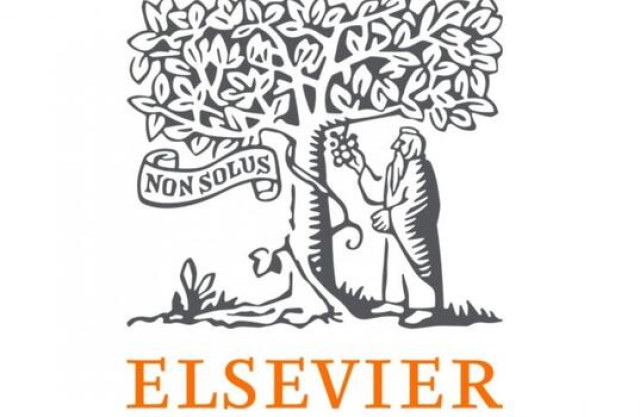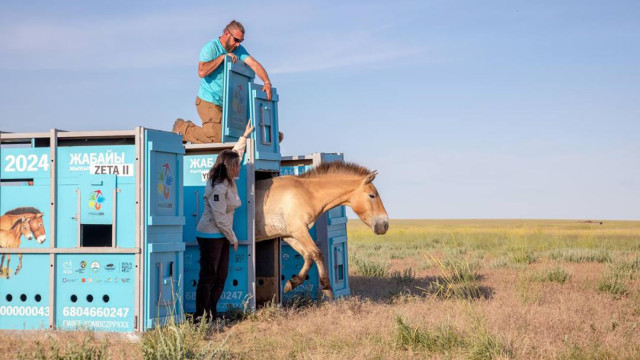
The area of specially
protected natural territories in Kazakhstan has increased to nearly 31 million
hectares. According to the Minister of Ecology and Natural Resources, this expansion
occurred during the years of independence through the enlargement of existing areas
and the creation of new ones. Thanks to measures taken to preserve the country’s
biodiversity, there has been an increase in the populations of rare animal
species, including the Tugai deer, kulan, argali, and goitered gazelle. Efforts
are also underway to restore the population of snow leopards. Specially
protected natural territories have been established in their habitats, and
tools like video traps and satellite telemetry are used for their monitoring
and population tracking.
«Thanks to ongoing
efforts in the conservation and monitoring of snow leopards, we have managed to
increase their population from the critical level of the 1990s by more than
twofold, reaching about 180 individuals. Efforts to preserve the species
continue, with active development of cross-border and international cooperation,»
noted Kazakh Minister of Ecology and Natural Resources Yerlan Nyssanbayev.
Efforts are underway
to restore the population of the Turanian tiger. The Ile-Balkhash State Nature
Reserve has been created, and two tigers were brought in from the Netherlands. Their
numbers are expected to grow by 2025, with an additional three or four
predators to be brought in from Russia. Work continues on the reintroduction of
the Przewalski’s horse. The first seven horses were brought from the Czech
Republic, and plans are in place to bring in another 40 horses by 2029. A
successful example of wildlife conservation is the growth of the saiga antelope
population, which now numbers about three million individuals. Special
attention is being given to the reproduction of the saker falcon. The ministry
has developed two scientific and technical programs to study the bird’s current
population and assess the effectiveness of its release into the wild.
«At present, we are
awaiting the review of these topics at the meeting of the High Science and
Technology Commission, after which we will present them to the National Budget
Commission. At the same time, for the effective restoration of the saker falcon
population, the creation of a breeding center is necessary. We are currently
working on this issue with our international partners,» Nyssanbayev added.
Meanwhile, Kazakhstan
is updating its Red Book of animals. The new list for the first time applies
the international threat assessment criteria of the International Union for
Conservation of Nature (IUCN), an electronic database for rare and endangered
species has been created, and an official web portal has been developed. In
addition, a Terminology Commission consisting of zoologists and philologists
has been formed. Their task is to clarify commonly used Kazakh names for
animals.









